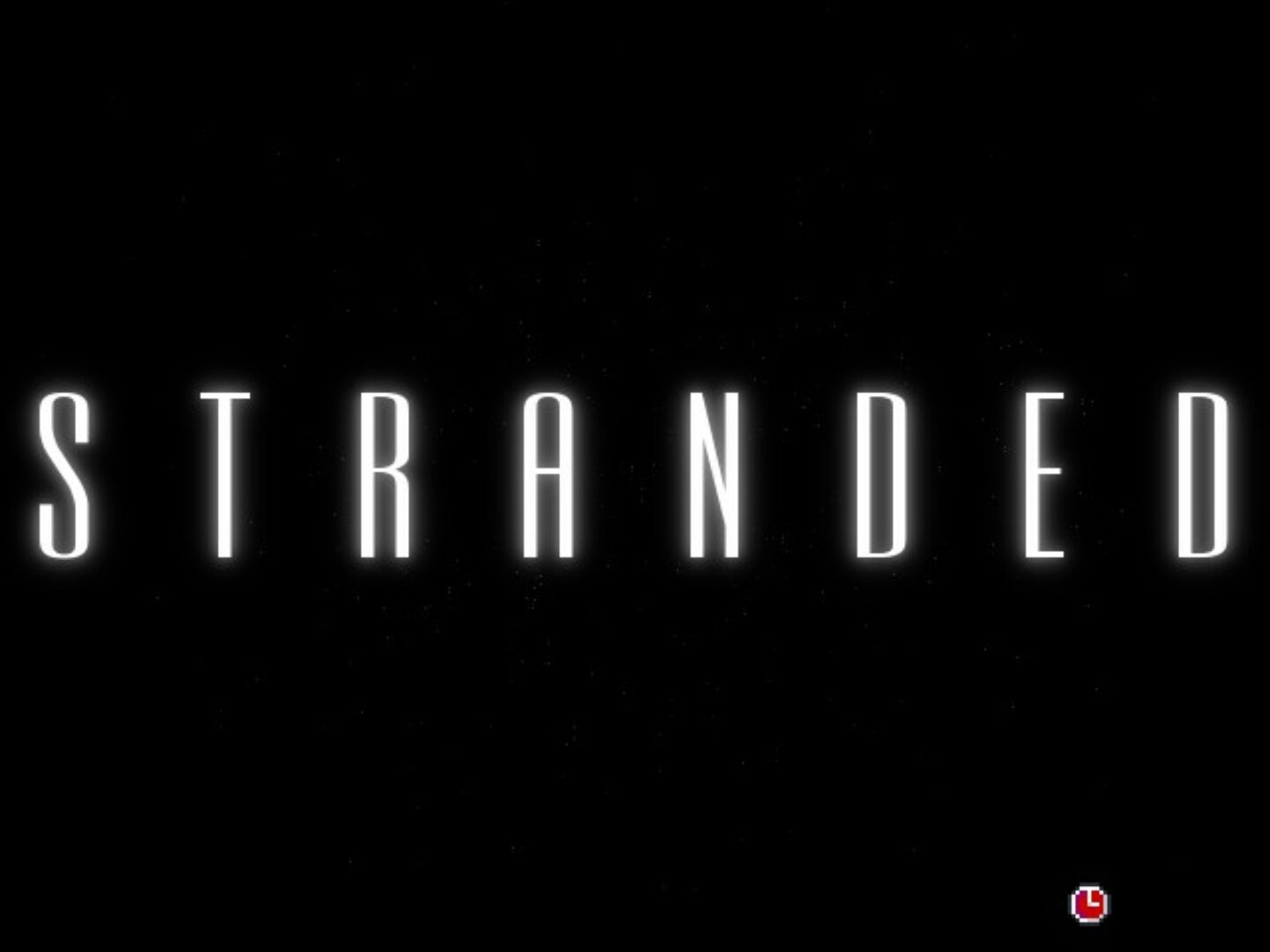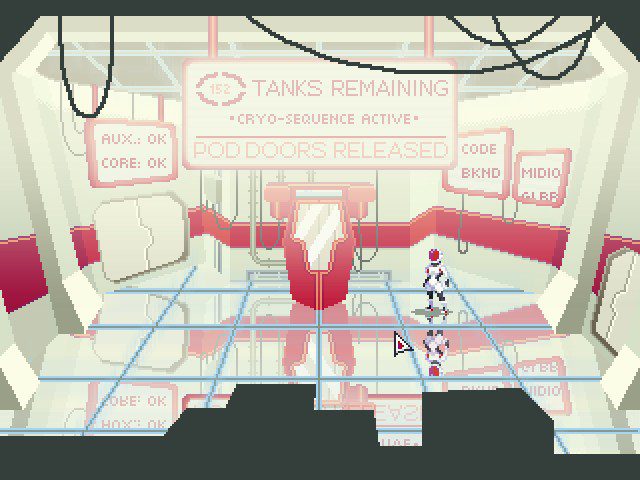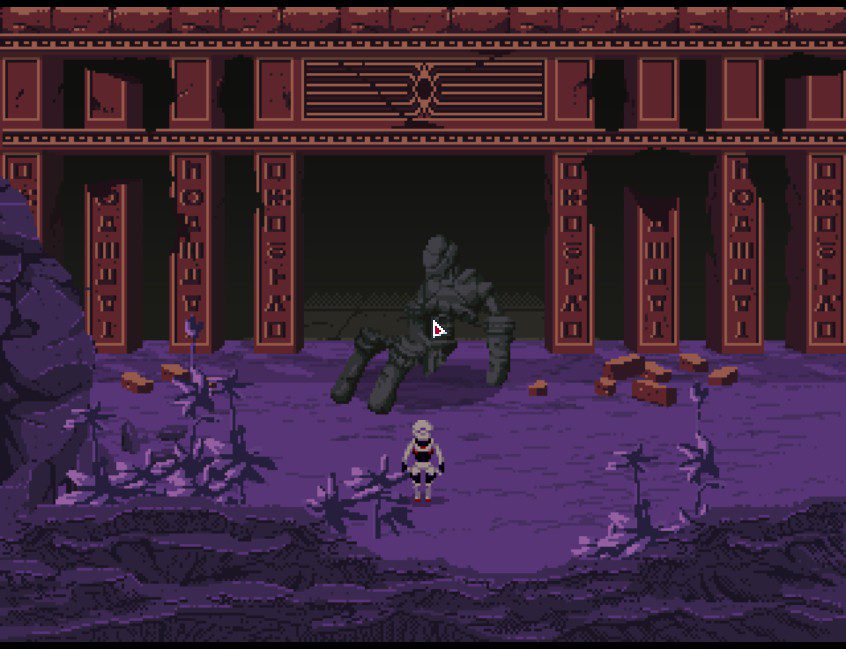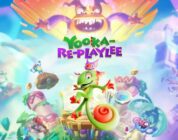Greetings Backloggers! This week is going to be a little bit difficult to explain. You see, Stranded is something of a minimalist art game, and I can’t really find a good way to talk about it without spoilers. So, if this is game is in your backlog, you may want to just skip to the verdict rather than risk learning about the big reveal. For everyone else…
Released in 2014 by Peter Moorhead (who also released Murder a year later) Stranded is billed as a minimalist tale of survival. The game starts with your character in a sleeping pod on her crashed ship. There are no instructions or tutorial, it’s left to the player to figure out how to exit the pod, and begin exploring the environment that the ship has crashed on.
Viewed one way, this game is a slow, boring, walking simulator where nothing happens. The player’s character has only one speed: slow. There no movement cancelling, meaning that if you click on one side of the screen, your character is going there whether you intended for her to do so or not. The game simply ends, then throws up a seemingly nonsensical New Game option that only raises more questions. It’s a 2D walking simulator, and a waste of forty-five minutes.
Viewed another way, this game is an excellent example of how games can be interactive art. The character’s measured, plodding pace reflects the hopelessness of the situation. The actions that must be taken to progress through the game force us to consider how nearly all living beings will fight for survival, no matter what the odds or the cost. The sounds – footsteps, breathing, an otherworldly accompaniment track, combine to heighten the feelings of isolation. The ending, and epilogue of a second playthrough, ask the question whether survival can come at too high a price.
Therein lies the dilemma. As an interactive art piece, Stranded does an excellent job of being a game as art. Perhaps it tries a little too hard in places, but much like a short story that has limited space and specific constraints, it has a place it’s got to get in a short amount of time. As a game, though, it’s poorly paced, awkward, and aggravating with its locked aspect ratio window, no saves, and limited options. How much of the game problems a player can overlook in the interest of an art piece is largely a personal matter.
Backlog Verdict: Do you believe games can be art? Or better still, do you like art games? Then play Stranded. Do you not want to have to put a bunch of thought into whether a game is good or not? Or does the pretentious “Games as art” genre bug you? Then don’t bother.
Previous Backlog Count: 1,142
Current Backlog Count: 1,199! Thanks to intrepid EIC Andrew for ensuring that I have Burndown columns to write for approximately the next thirty years!
Next Time: Back to the Invisible Apartment (see Backlog Burndown Column #7) for the rest of the story.
Backlog Burndown is a semi-regular feature on Marooner’s Rock. Read previous columns in the archives, and suggest future games to play in the comments!








